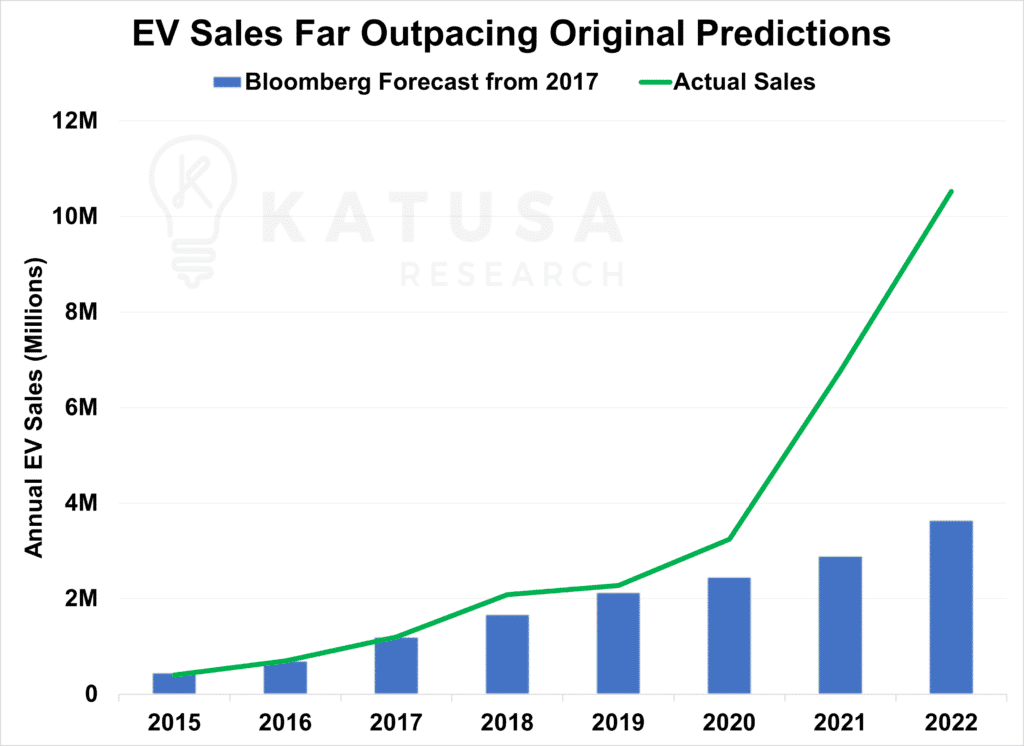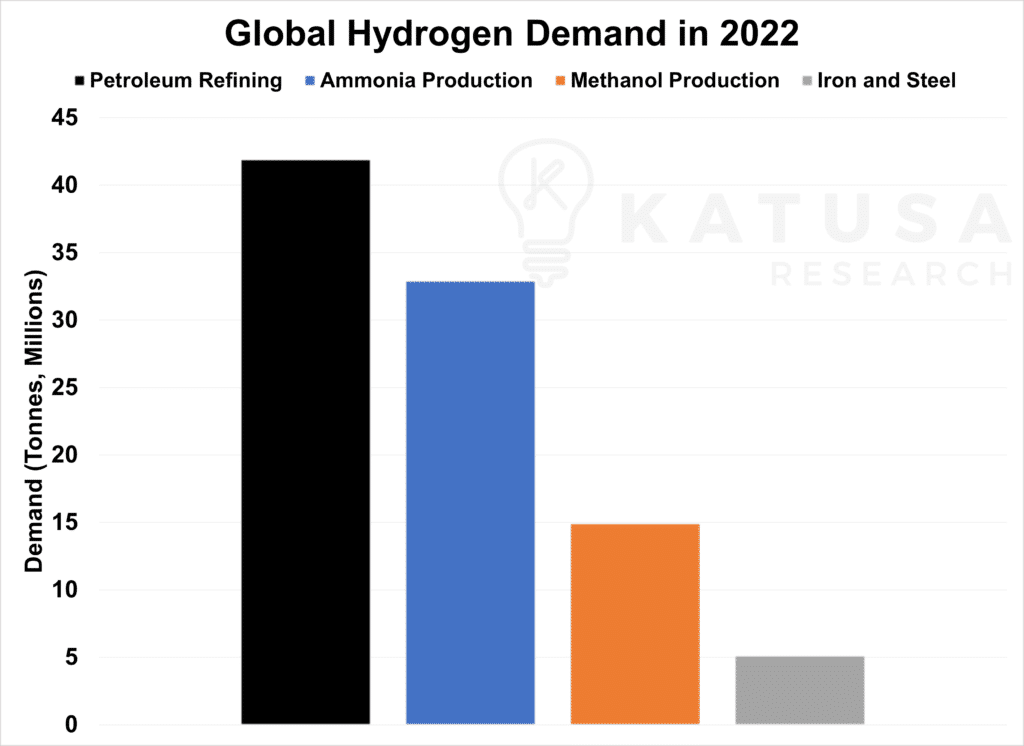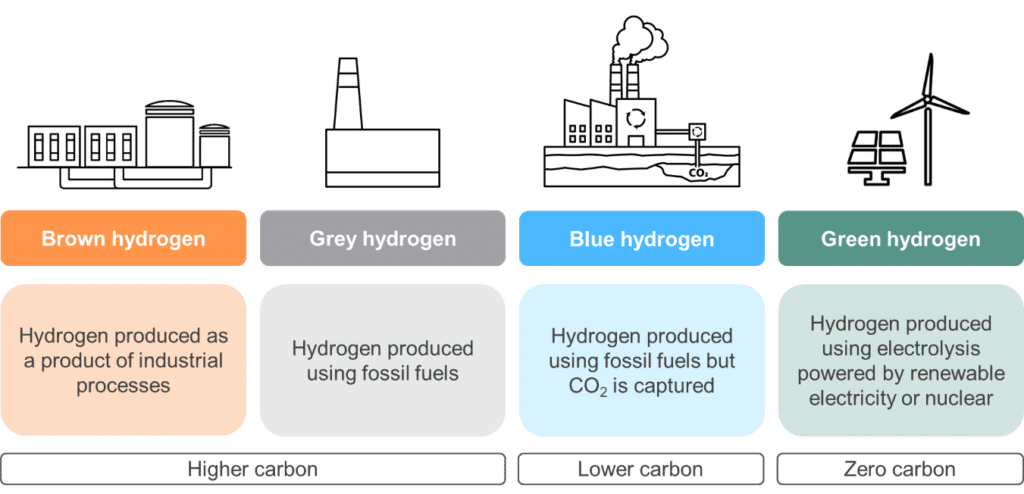
With how EV sales have blown past every projection…And how government backing means charging infrastructure buildout is simply a matter of time…It should be clear by now that EVs are no longer just a potential in the future – they’re already well entrenched in the present.

Road transportation currently accounts for roughly one-sixth of global carbon emissions.According to the International Energy Agency, if the rate of growth in EV sales from the past two years can be maintained, CO2 emissions from cars will be on track to hit net zero by 2050.However, as clear as the benefits of EVs are, they also come with certain disadvantages.
- Two of the big ones that most people are aware of are that EVs still have issues with their range and charging time.
According to the Electric Vehicle Database, at the end of last year, the average maximum range of available retail EVs was 216 miles.In contrast, the median range of gas-powered cars sold in 2021 was 413 miles – nearly double that of your average model EV.Charging times are a similar story, with Tesla advertising its superchargers as being able to deliver a 200-mile charge in just 15 minutes.But you are probably well aware, it only takes maybe 2-3 minutes to fill up your tank at the gas station.The core issue is battery-specific energy.
- Tesla’s advanced 4680 battery cells offer 272-296 watt-hours per kilogram, impressive for batteries.
- However, gasoline boasts 12,800 watt-hours per kilogram, 42 times more efficient.
And there’s speculation that these batteries might not even meet their theoretical performance. But battery technology is advancing.Scientists at the U.S. Department of Energy’s Argonne National Laboratory have developed a battery with potential energy of 1,200 Wh/kg. Yet, it’s still dwarfed by gasoline’s energy density.The reality is, we’re far from making all vehicles electric.For daily commutes, EVs suffice. But for long-distance transportation, like trucking and air travel, they fall short.
Enter Hydrogen
Hydrogen’s flammability often raises safety concerns, but modern safety standards and research have shown hydrogen vehicles to be as safe as traditional gas cars.Hydrogen’s advantages include:
- Near-zero emissions.
- Quick refueling times.
- High energy efficiency.
However, there’s a catch. Most hydrogen is produced using fossil fuels, leading to carbon emissions.Green hydrogen, produced using renewable energy, is the ideal solution but is currently expensive.Whether it’s a Fuel Cell Electric Vehicle (FCEV) or Hydrogen Internal Combustion EV (HICEV), the core concept and benefits are the same:
- When used as fuel for vehicles, hydrogen is zero emissions, or close to it.
- Filling up your tank at a hydrogen station is only slightly slower than filling up at a gas station – you’ll be in and out in five minutes. And you’ll still get 400 miles out of your tank.
- With a specific energy of 126 MJ/kg, hydrogen is nearly three times as energy efficient as gasoline, pound-for-pound, allowing vehicles to weigh less and yet travel further.
Fun Fact: Many of NASA’s various spaceships, such as the moon-going Saturn V modules and the Space Shuttles, used liquid hydrogen fuel for their engines.This all sounds fantastic, which is why veteran subscribers already have their next question lined up: “Marin, what’s the catch?”Well, as it turns out, there’s one very big catch:
All that hydrogen must come from somewhere…
Right now, hydrogen is already used globally in a number of different sectors, with oil & gas refining and ammonia production for fertilizer being among the top sources of demand:

2022 saw 95 million tonnes of hydrogen demand, up 2.7% from the previous year with most of it going towards pre-existing industrial uses.Governments and organizations are investing in reducing green hydrogen production costs.The U.S. Department of Energy’s Hydrogen Shot program aims to produce green hydrogen at $1/kg by 2030. Not to mention it’s investing $7B into Hydrogen Hubs.But challenges remain, and the transition to green hydrogen is gradual.
- Currently, over 95% of hydrogen is produced via fossil fuels. And this production, as you might guess, produces carbon emissions.
Known as grey hydrogen, or alternatively blue hydrogen when the carbon emissions are captured and stored…This type of production is how the world satisfies most of its demand for hydrogen right now.

As you can probably imagine, having carbon emissions baked into the hydrogen lifecycle itself kind of defeats the purpose of driving a hydrogen-powered car.Though battery EVs face a similar issue regarding the source of the electricity used to charge the vehicle, the renewable energy transition is one that’s already taking place worldwide.Likewise, there does exist a method of producing hydrogen without creating carbon emissions.
Hydrogen Electrolysers
Known as electrolysis, it’s an extremely power-intensive method.Electrolysis powered by renewable energy creates what’s known as green hydrogen – a truly zero-emission, fully renewable power source.Infrastructure is another hurdle. The U.S. has limited hydrogen pipelines, and building a hydrogen infrastructure requires significant investment.Countries like Japan and South Korea are pioneers in hydrogen infrastructure, but even they face challenges in hydrogen vehicle adoption.
- Despite these obstacles, many companies, including oil giants like Shell, BP, and Exxon Mobil, are investing heavily in hydrogen.
Saudi Arabia is building the world’s largest green hydrogen plant, and companies like Amazon and Walmart are securing green hydrogen supplies.This has investors and financiers paying attention…In our latest issue of Katusa’s Resource Opportunities, we went into detail on the early nature of the hydrogen markets and growth opportunities.Many companies are starting to move from the Science Experiment phase to the Engineering and Production Phases.This has us interested and watching capital flows closely in the sector.And there’s no shortage of private opportunities are hitting our desks while we’re narrowing down the best way to play it.Members of Katusa’s Resource Opportunities will get the first alert when that happens.Regards,Marin Katusa
Details and Disclosures
Investing can have large potential rewards, but it can also have large potential risks. You must be aware of the risks and be willing to accept them in order to invest in financial instruments, including stocks, options, and futures. Katusa Research makes every best effort in adhering to publishing exemptions and securities laws. By reading this, you agree to all of the following: You understand this to be an expression of opinions and NOT professional advice. You are solely responsible for the use of any content and hold Katusa Research, and all partners, members, and affiliates harmless in any event or claim. If you purchase anything through a link in this email, you should assume that we have an affiliate relationship with the company providing the product or service that you purchase, and that we will be paid in some way. We recommend that you do your own independent research before purchasing anything.






